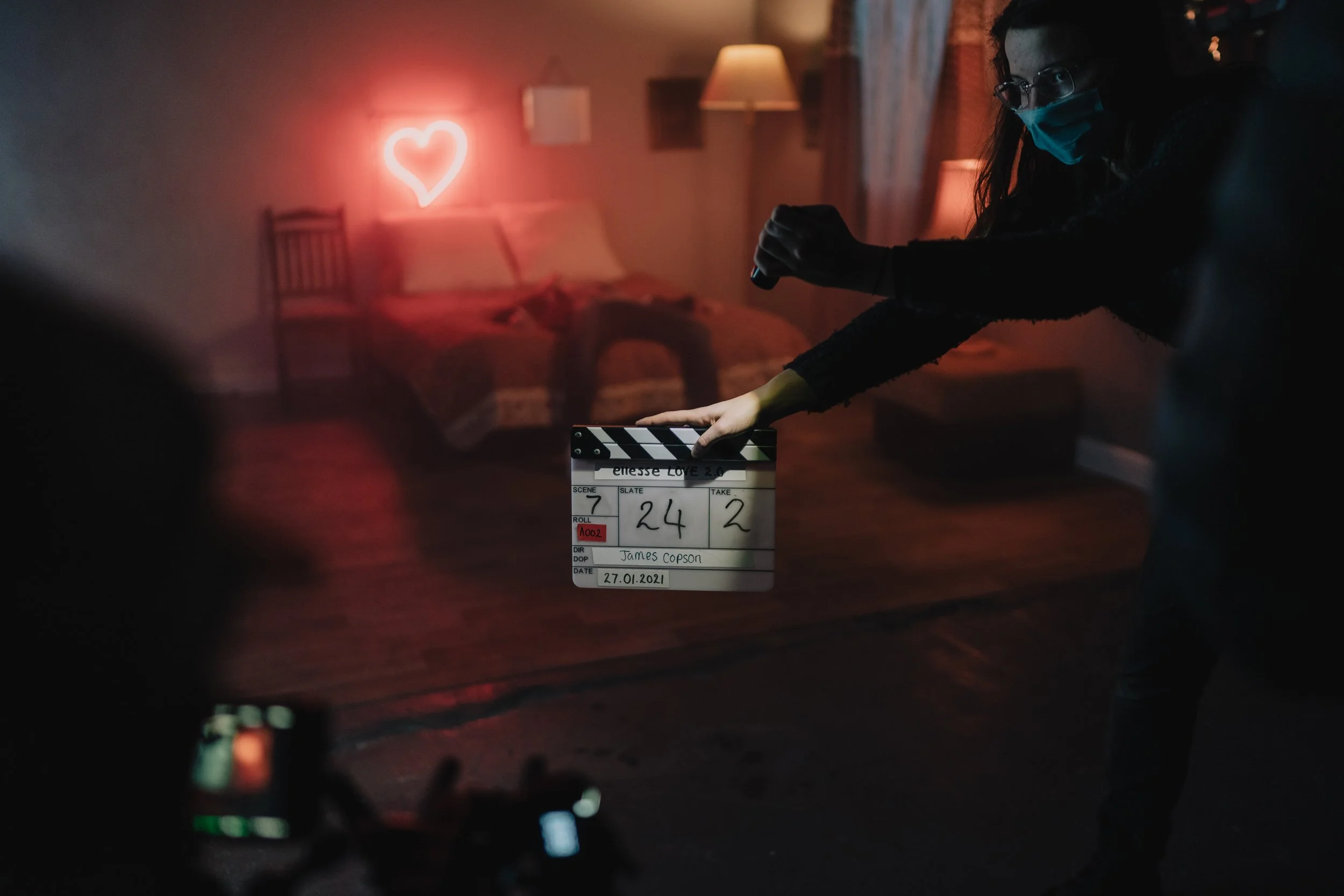Foot Candle Calculator
How big of a light do you need?
For years I’ve carried around a photo of the old American Cinematographer Manual foot-candle table on my phone — the one that lists how many foot-candles you need for a given ISO/ASA/EI at a given f-stop.
The ASC are now on the 11th edition of the manual, and it’s a brilliant resource, but let’s be honest', it’s not the friendliest thing to reference when you’re stood in the rain at 2am trying to work out whether the HMI you’ve hired is actually going to make a dent in that football pitch you’re supposed to be backlighting.
As someone who likes to do as much homework as possible when it comes to choosing the right fixture for a given job, having access to a chart or calculator to work out how much light I need still feels important. Less so now perhaps — every lamp has a dimmer — but we’re still restricted by generator capacity, battery life or a humble 13amp supply in the UK. Choosing lamps carefully makes sense, and it affects budget too. If I can get away with three 300s instead of three 600s, why wouldn’t I?
So, with some help, I built a web calculator that now lives on my site and blog. You feed it your ISO, f-stop and shutter angle, and it gives you the incident light you need — in either foot-candles or lux. Or, if you’re on the other side of the equation, you can flip it into reverse mode: type in a measured light level, and it will tell you the f-stop you’d actually hit.
Why now? Partly because I’m testing a new light meter from the folks at Lit Systems, so having a robust digital reference alongside it is good timing. But also because as a cinematographer, I get asked this question a lot by trainees… how big a light do I need? Experience takes you a long way — and that’s how most of my peers and seniors choose their lamps — but I still want numbers, my instincts aren’t so strong instincts. Night exteriors, interiors, or anytime you’re trying to move photons, you don’t want to discover on the day that the “daylight” M18 you spec’d won’t even reach the far edge of bed, or that your gaffer’s been moving a 2400w LED COB all day only to be running the dimmer at 1%.
The only way to prep properly is to know how much incident light you actually need on the subject, in foot-candles, and then match that against the photometrics of real-world fixtures at real distances. The calculator gives you the foot-candles required at your chosen camera settings for a middle-grey exposure. Personally, I’d bias about half a stop over for typical caucasian skin tone, and light a little hotter if I know I’ll want a deeper stop for close-ups or I’m planning to use heavier diffusion or push fixtures further back.
That’s where this tool is useful. It bridges the gap between exposure theory and the gaffer’s kit list. You decide the stop — dictated by depth of field, lens choice, or continuity — then lock in your ISO and shutter (most of us at 24fps / 180° = 1/48th, or rounded to 1/50th if you’re following the old tables). From there, the tool gives you a number in foot-candles you need to see on your subject. That’s the figure you can check against a manufacturer’s photometric chart, or run through the inverse square law to see what your chosen lamp will really deliver.
I’m sure there are other converters out there, but the ones I found were either over-engineered, aimed at still photographers, or so complex they made me feel like I should have tried harder in GCSE maths. I wanted something stripped back, quick, and specific to the way I actually work.
It’s not a replacement for a light meter or false colour, more a complement to the tools we already use — but it is a great way to sanity-check prep, explain your reasoning to a producer, or quickly demonstrate to a gaffer why you really do need the M40 rather than “just bumping the ISO”.
Calculator
Work out required light levels (fc / lux) for ISO, f-stop and shutter angle — or reverse it to see what f-stop you’d get from a measured light level.
What’s the math?
Efc ≈ 25.5 × N² / (t × ISO)Reverse:
N ≈ √((Efc × t × ISO) / 25.5)where t is exposure time in seconds. For lux, divide/multiply by 10.764.
Shutter from angle:
t = (angle / 360) / fps.
